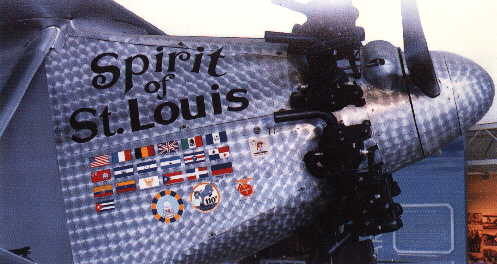
 |
|
|
#1 |
|
Member
Join Date: Mar 2006
Location: Room 101, Glos. UK
Posts: 4,150
|
Not really a weapon, unless nothing else was handy, we tend to overlook the mundane and less flashy subjects of warfare, like logistics. the old saying that an army travels on it's stomach was true from pre-history to now and will be in future conflicts, no matter what weapons the soldiers carried. soldier's cooking pot is just as much a weapon as his sword, a canteen as much as his dagger, and his cleaver can section an enemy as well as the rabbit he snared for his supper or the horse that was conveniently slain during the days battle just sitting there waiting to be eaten.
anyway, here's a flashy bit of kitchenalia, a late 19c czech cleaver, 11" overall, engine turned carbon steel. riveted slab handle. works great slicing pizza too! 
|
|
|

|
|
|
#2 |
|
Vikingsword Staff
Join Date: Nov 2004
Posts: 6,262
|
Nice little cleaver .
Some years back Lee Valley Tool was offering a great selection of high carbon kitchen knives that had been sourced from an old warehouse in Europe; most from the late 19th century . I bought a handful and have them still; many are my favorites . |
|
|

|
|
|
#3 |
|
Lead Moderator European Armoury
Join Date: Dec 2004
Location: Portugal
Posts: 9,637
|
I thought those round polishing effects were a sign of modernity ... like 20th century.
My ignorance. 
|
|
|

|
|
|
#4 |
|
Member
Join Date: Mar 2006
Location: Room 101, Glos. UK
Posts: 4,150
|
an ancient technique very hard to do accurately with hand tools, the romans used it in mosaic. started being done in metal, jewelery, in the 1500's. it only really took off around 1770 when power tools in large engine factories were becoming more common, and a frenchman named Guillot invented a machine to do it and the technique is named after him, 'engine turning' in english, 'guilloché' in french. probably starting to disappeaer about the early 20c. and mostly gone by ww2. last major machinery mfg. to use it stopped in 1967. too much work for most modern engineers. the victorians liked their machinery all fancified. costom machine shops and hobbiests, jewellers still do it.
a QE2 commemorative colchemarde small sword from her coronation in the early 1950's sold at bonham's in 2006: the grip is decorated with guilloché patterns: (i bet whoever owns it doesn't use it on the local duelling fields much) and a somewhat earlier suit of armour with guilloché patterning Last edited by kronckew; 2nd December 2014 at 06:08 PM. |
|
|

|
|
|
#5 |
|
Lead Moderator European Armoury
Join Date: Dec 2004
Location: Portugal
Posts: 9,637
|
Now you beat me Wayne,
I would never dream of relating such elementary (abrasive) circular turning with the intrincate swirls of guilloché. Back in the nineties i have asked a coleague to get me a piece of stainless steel sheet for some home application and the thing came with those finish effects. Hence my idea of modernity; nothing to do with Monsieur Guillot's invention. Yet i may be wrong  . .
|
|
|

|
|
|
#6 |
|
Member
Join Date: Mar 2006
Location: Room 101, Glos. UK
Posts: 4,150
|
like this:
 or this:  more: |
|
|

|
|
|
#7 |
|
Member
Join Date: Mar 2006
Location: Room 101, Glos. UK
Posts: 4,150
|
you can start here with engine turning 101 the proceed thru a few hundred lessons to the more elaborate rose lathes.
https://www.youtube.com/watch?v=5EnkbQ2UY58 i never got beyond 101  too much trouble. too much trouble.i hear martin luther apparently used a crude rose lathe powered by a bowstave in the 15c. for ornamental turnings. Last edited by kronckew; 3rd December 2014 at 03:13 PM. |
|
|

|
|
|
#8 |
|
Lead Moderator European Armoury
Join Date: Dec 2004
Location: Portugal
Posts: 9,637
|
That's better

|
|
|

|
 |
| Thread Tools | Search this Thread |
| Display Modes | |
|
|